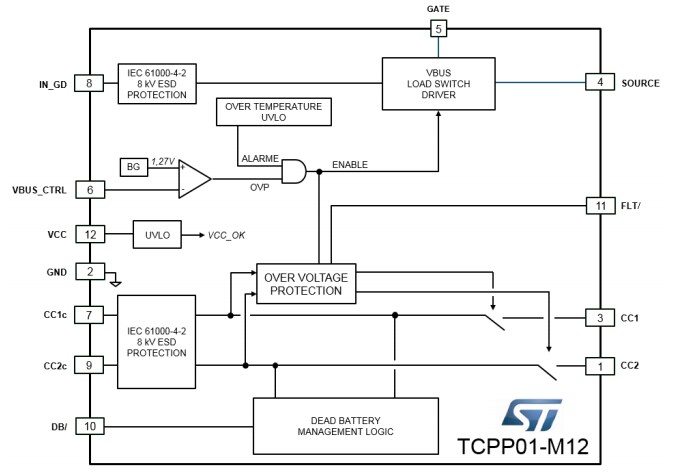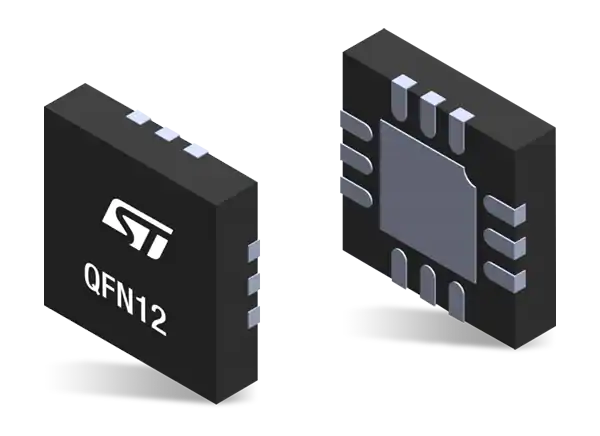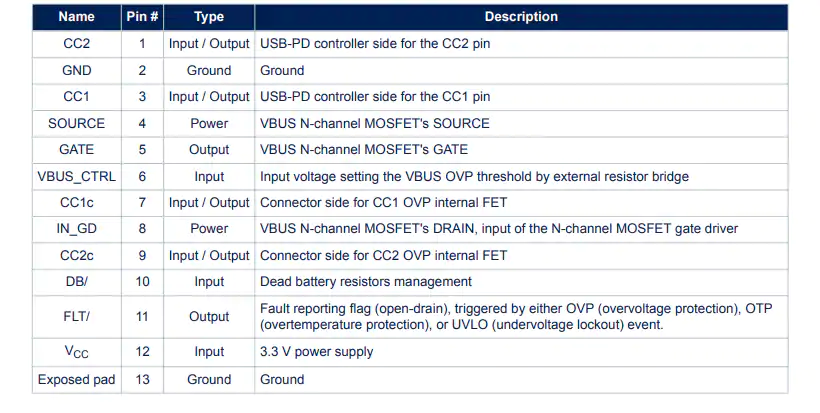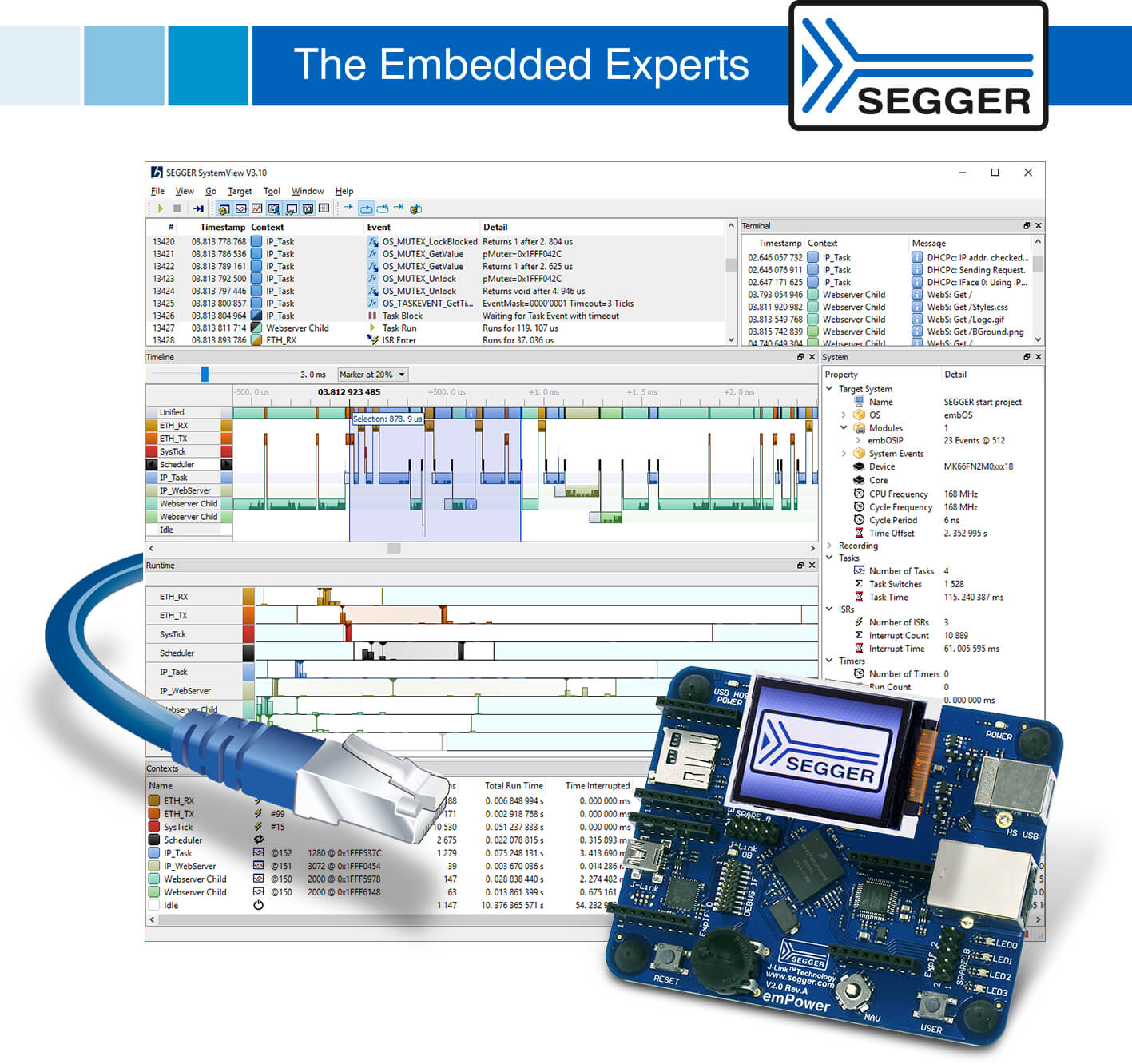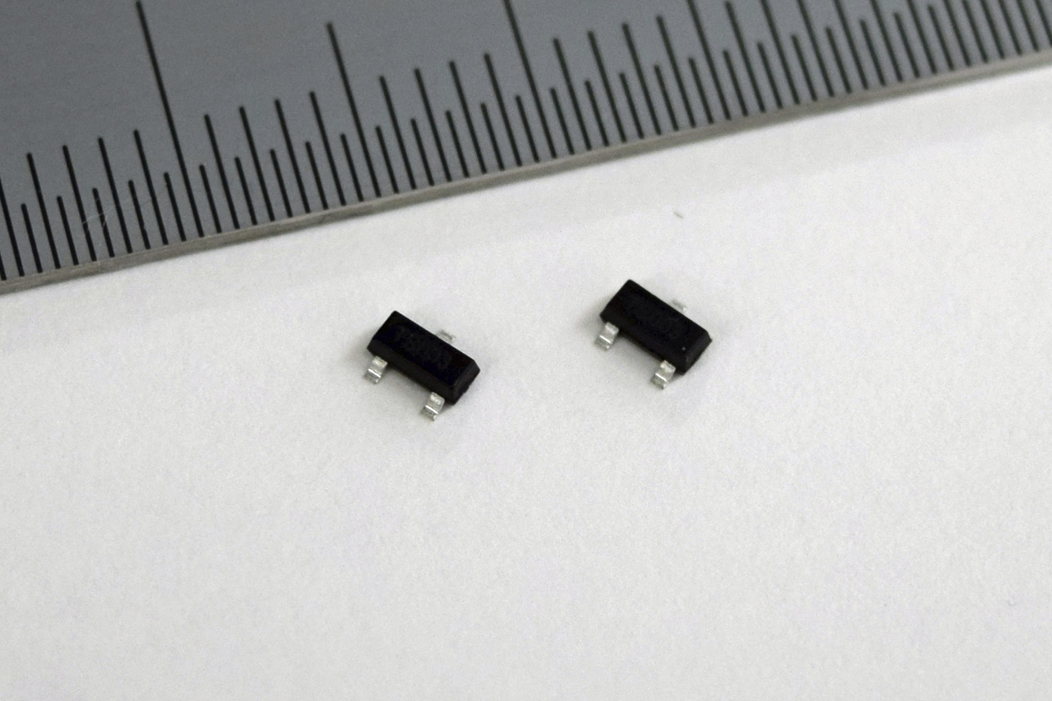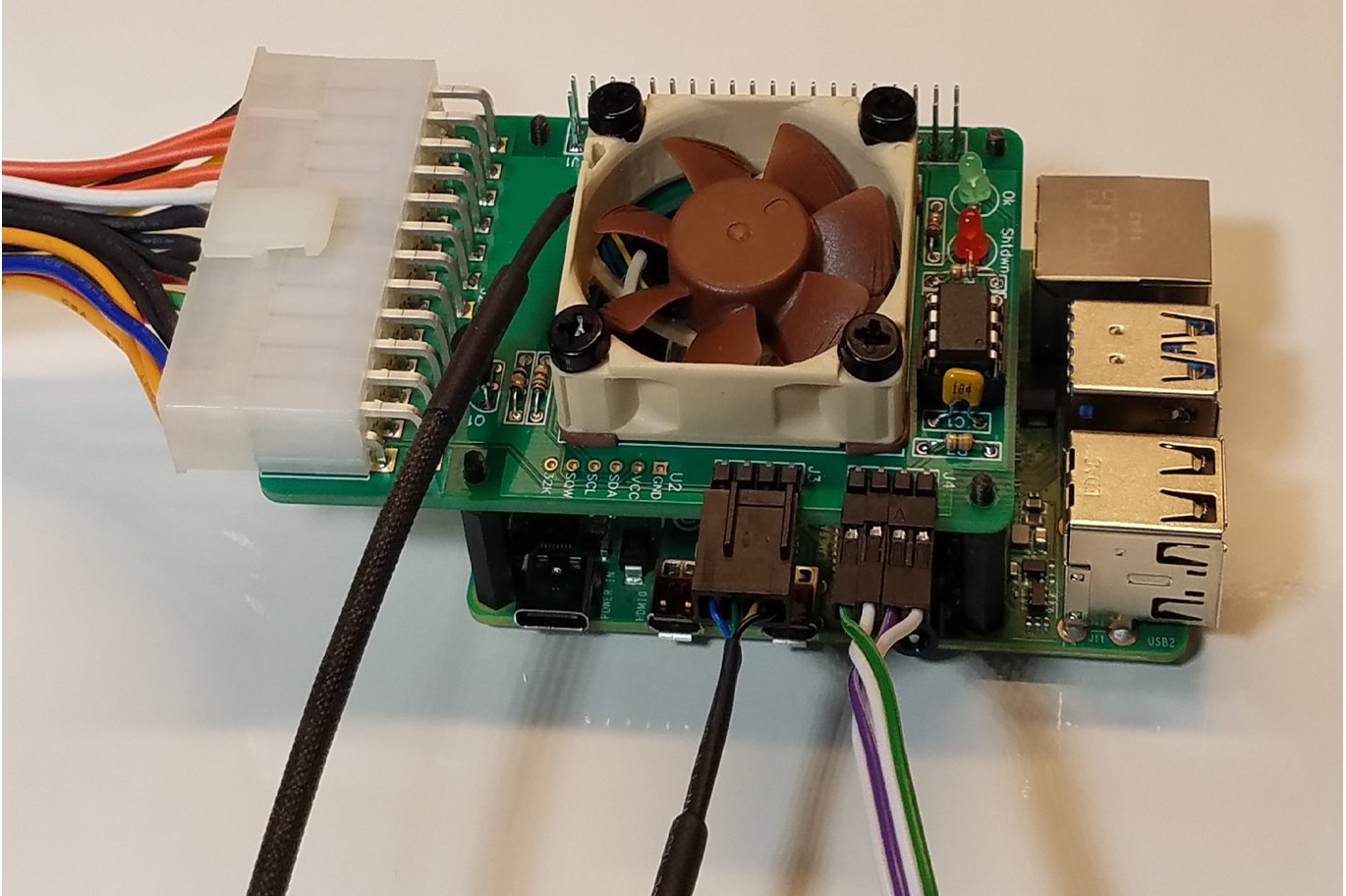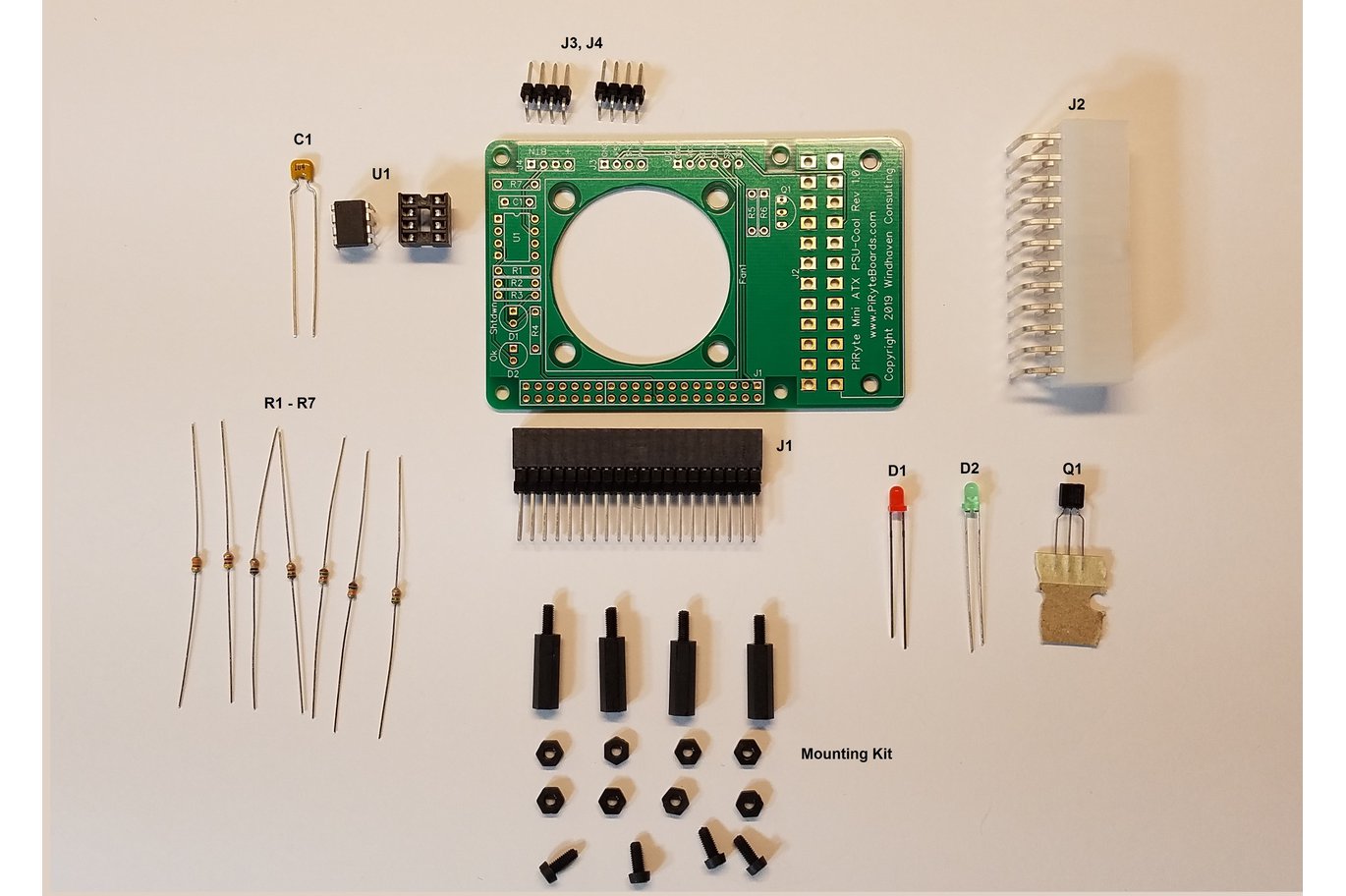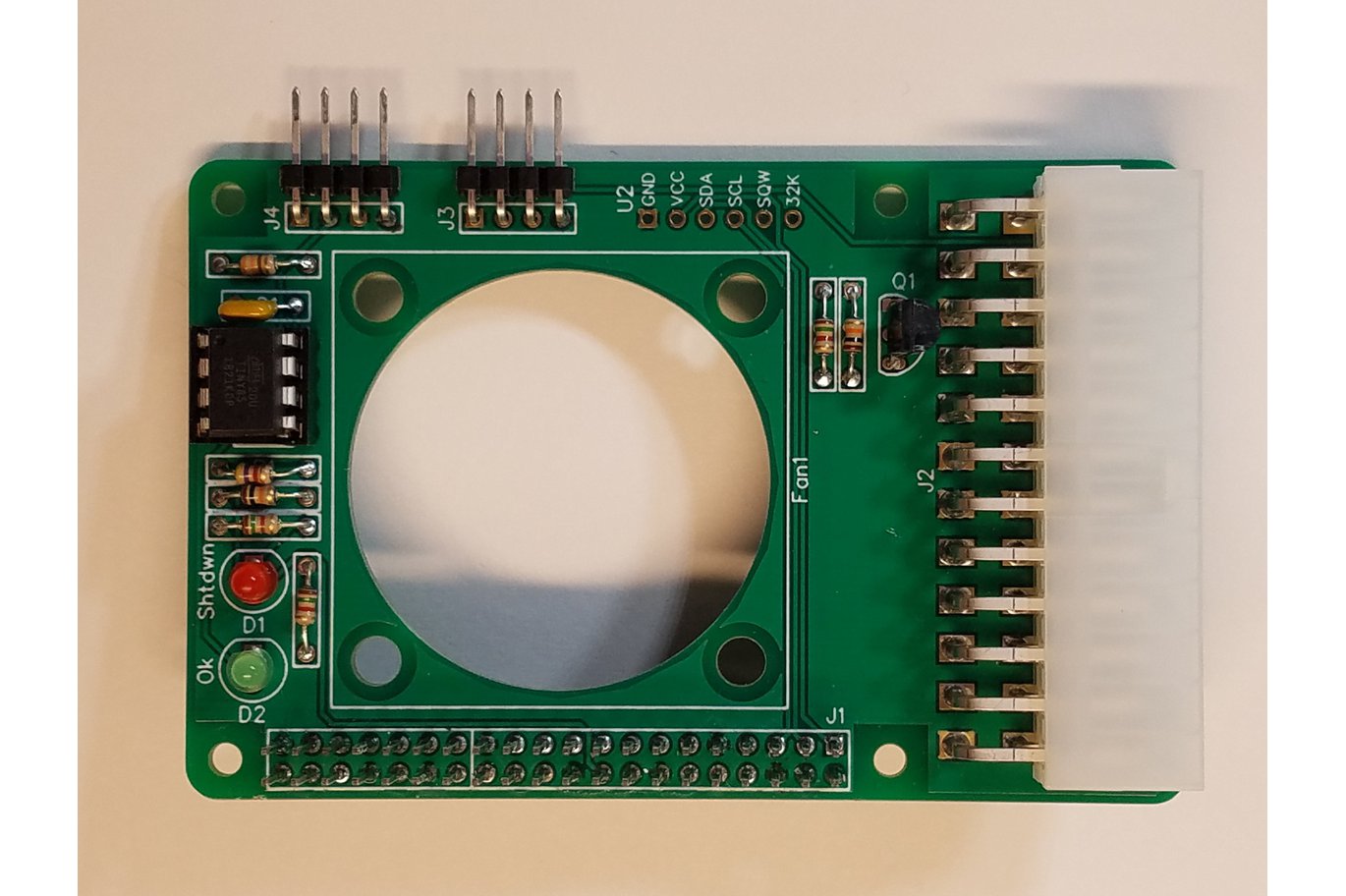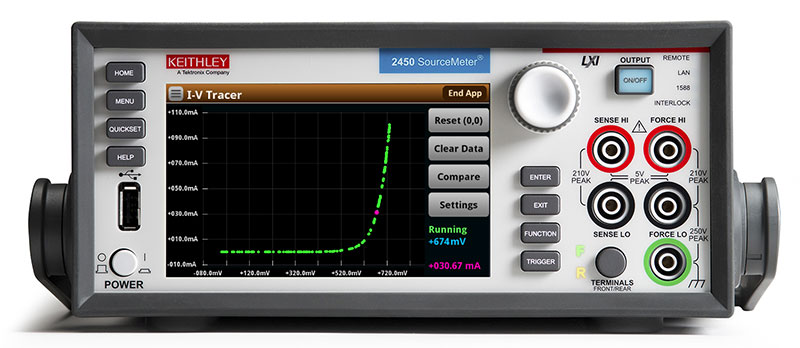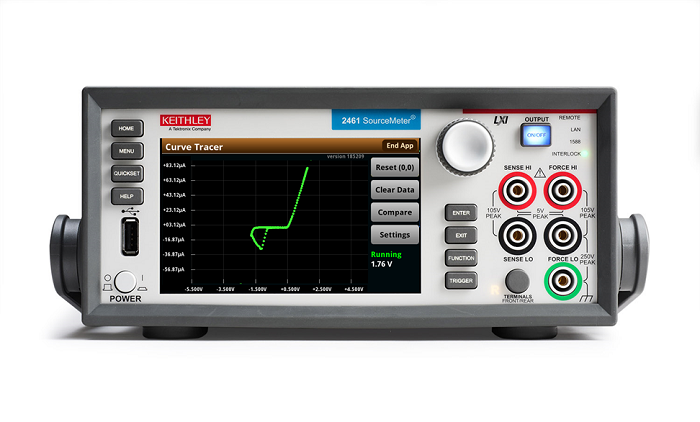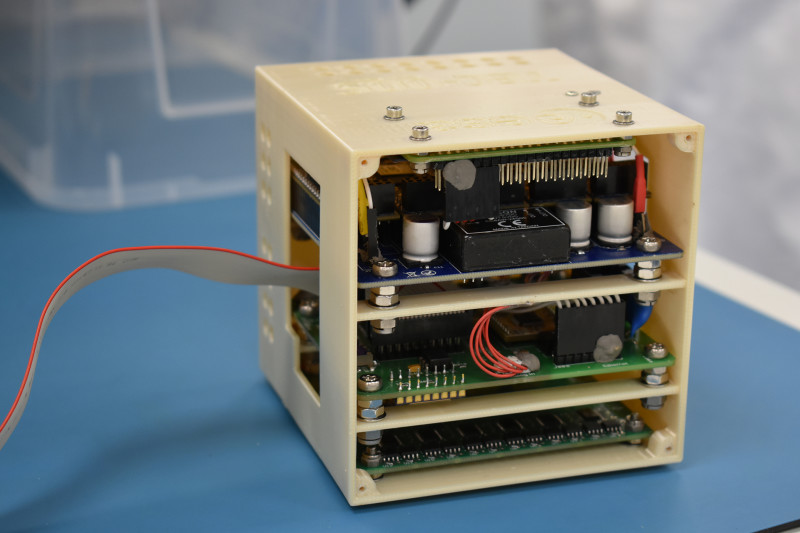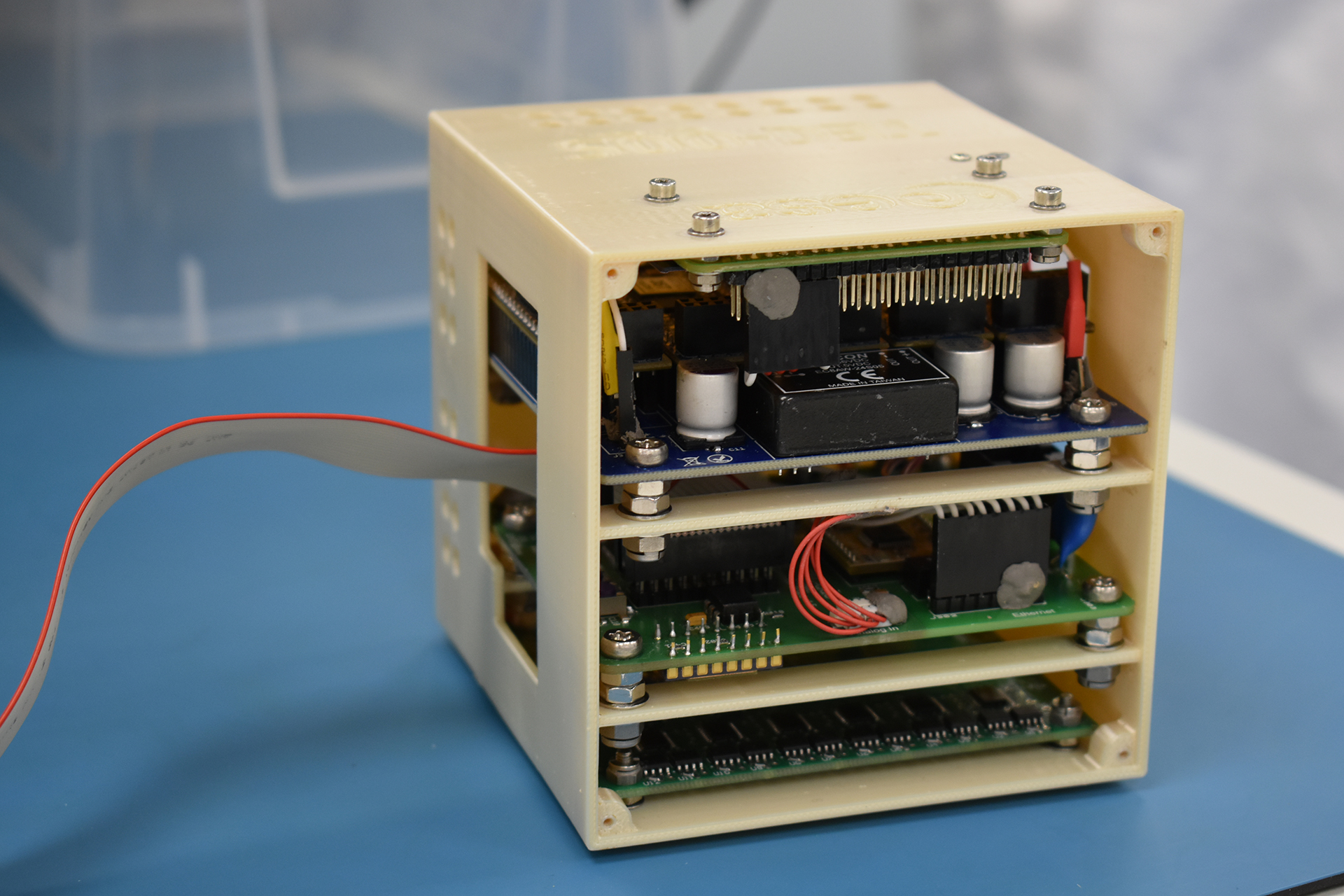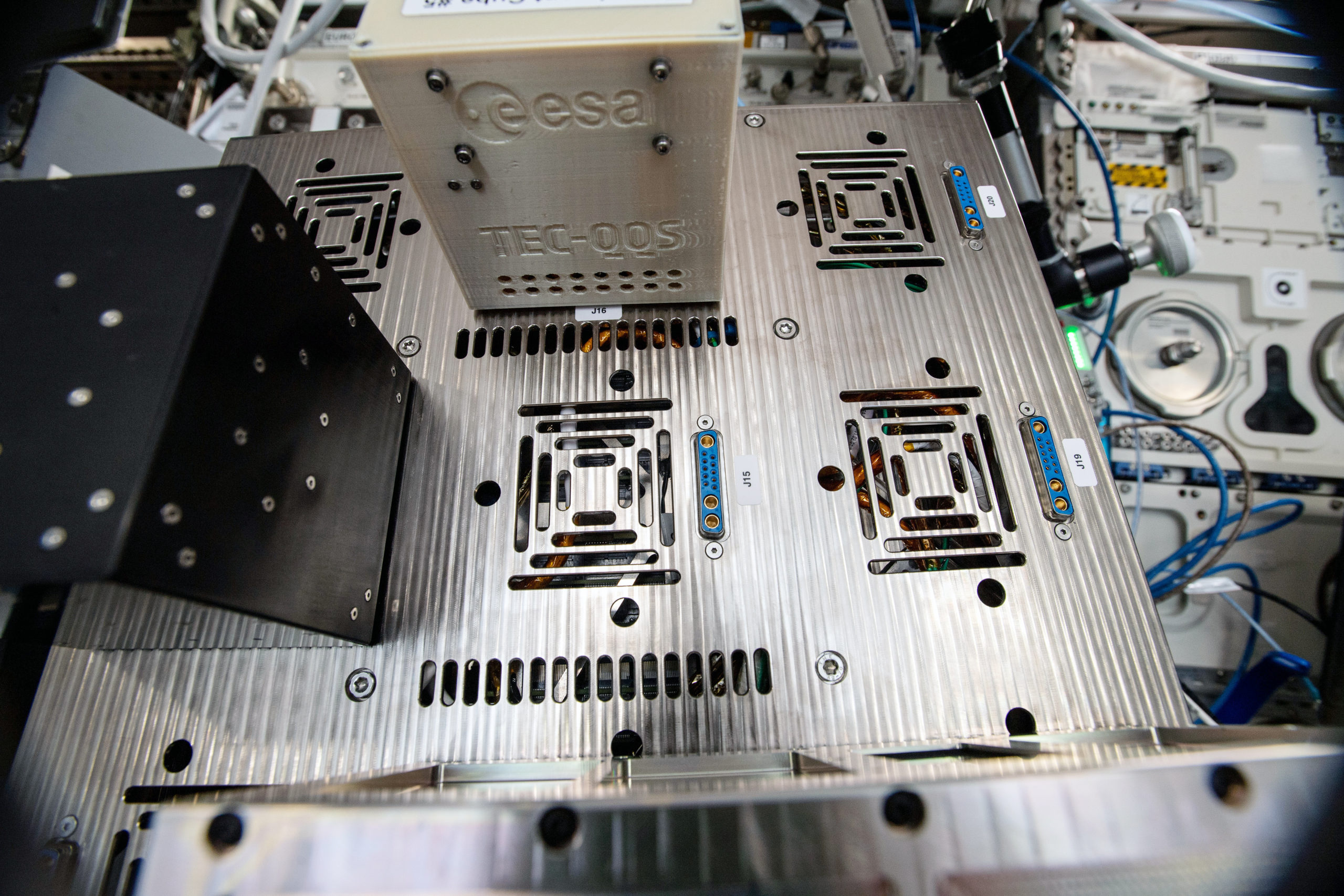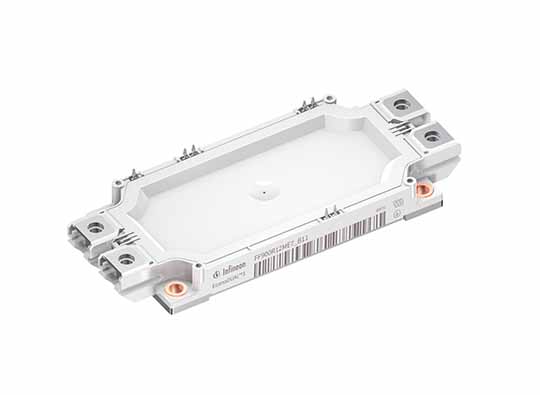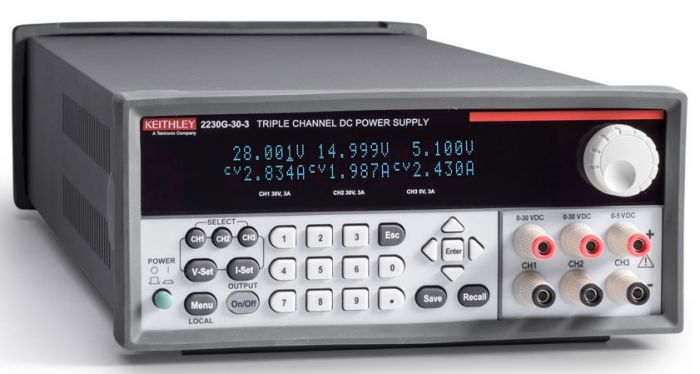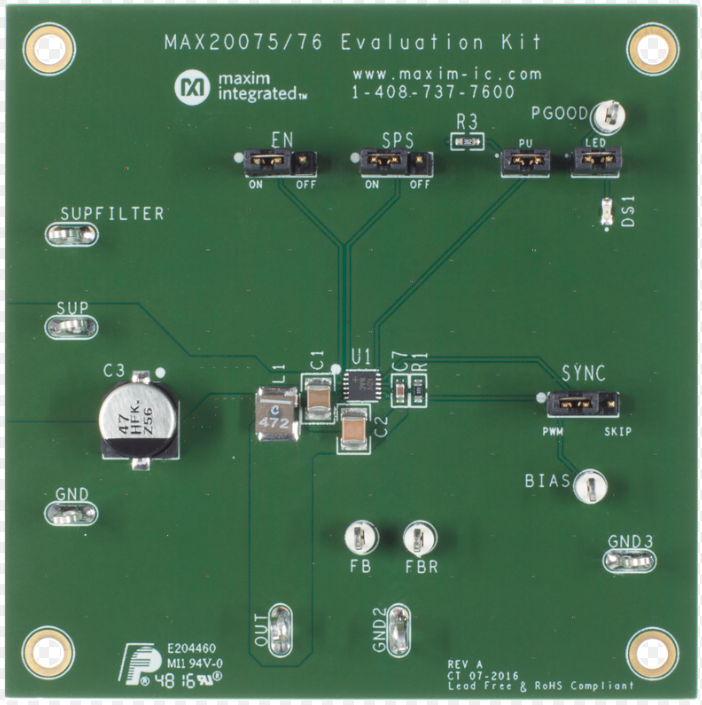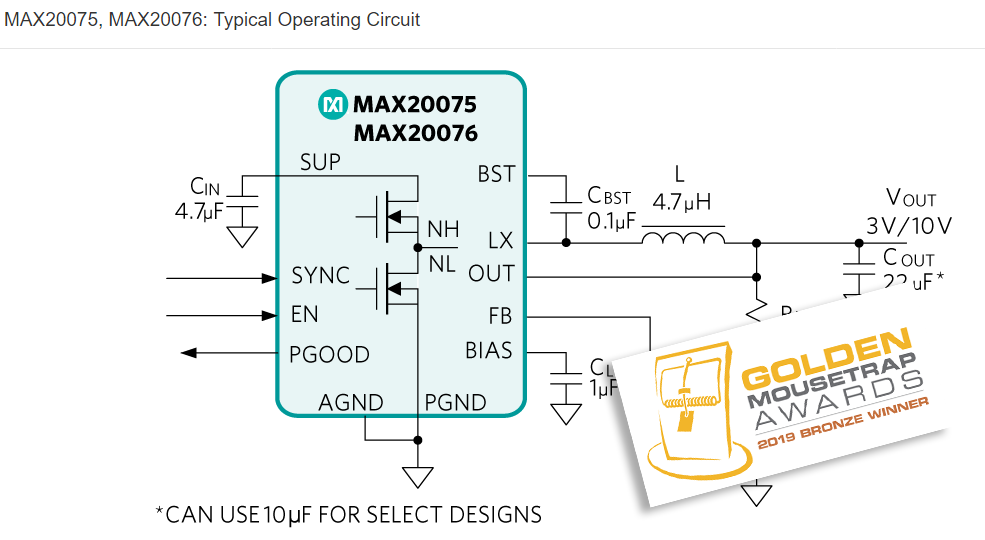STMicroelectronics TCPP01-M12 USB Type-C Port Protection is a single-chip solution that facilitates the migration from USB legacy connectors type-A or type-B to USB Type-C connectors. This Type-C port protection features overvoltage protection on VBUS, adjustable up to 22 V, with external N-channel MOSFET. The TCPP01-M12 USB port protection includes an integrated charge pump to control the gate of an external N-channel MOSFET. This Type-C port protection offers Over Temperature Protection (OTP), open-drain fault reporting, and integrated dead battery.
The TCPP01-M12 USB port protection operates at -40°C to 85°C junction temperature range. This Type-C port protection function with 6V overvoltage protection, 150°C junction-to-ambient thermal resistance, and 122μA supply current. The TCPP01-M12 USB Type-C port protection is ideal for use in sink configuration, source configuration, UFP or DFP configuratioN, power delivery, and PPS compliant.
Features
- Overvoltage protection on VBUS with external N-channel MOSFET
- System-level ESD protection for USB type-C connector pins
- Compliant with IEC 61000-4-2 level 4
- Integrated charge pump to control the gate of an external N-channel MOSFET
- Null quiescent current when no USB charging cable is attached for battery operated “consumer/sink” applications
- Integrated “dead battery” (RD resistors)
- Over-temperature protection
- Complies with the latest USB Type-C and USB power delivery standards
- Compliant with Programmable Power Supply (PPS) as defined in the latest USB PD specification
- Open-drain fault reporting
- ECOPACK2 compliant
Specifications
- 6V overvoltage protection
- At Absolute maximum ratings (Tamb = 25°C):
- -40°C to 85°C operating junction temperature range
- -55°C to 150°C storage temperature range
- 150°C/W junction-to-ambient thermal resistance
- At Power supply and leakage current, Tamb = -40 °C to 85 °C:
- 3V to 3.6V input voltage range
- 120μA supply current
Applications
- USB Type-C for UFP (upstream facing port) or DFP (downstream facing port) configuration
- USB Type-C power delivery, PPS compliant
- USB Type-C used in sink configuration (consumer)
- USB Type-C used in source configuration (provider)
